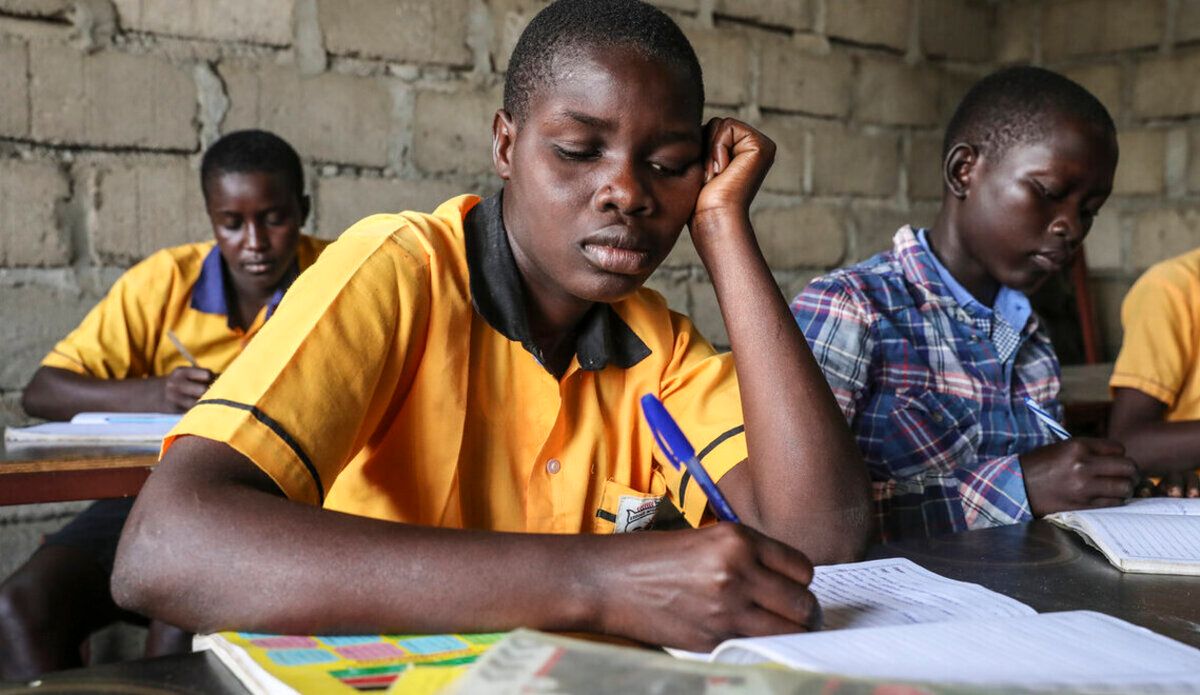The Education System in South Sudan: An Overview
The education system in South Sudan is a critical sector shaping the country's future. As the world's youngest nation, South Sudan's education system faces significant challenges, including inadequate infrastructure, teacher shortages, and limited access to schools in rural areas. However, despite these challenges, efforts are being made to enhance education in South Sudan, ensuring that children and young adults receive quality learning opportunities.
The Structure of the Education System in South Sudan
The South Sudanese education system follows an 8+4+4 structure, which includes:
- 8 years of primary education
- 4 years of secondary education
- 4 years of tertiary education
This structure is designed to align with international educational standards, but implementation varies due to regional disparities. The government, along with educational partners, is working to standardize curricula and improve accessibility to education in South Sudan at all levels.
Key Challenges Facing Education in South Sudan
- Limited Access to Schools - Many students in South Sudan’s rural areas lack access to proper schools, forcing them to travel long distances. This challenge disproportionately affects young children and girls, contributing to high dropout rates. Improving education accessibility in South Sudan requires significant investment in school infrastructure, particularly in remote regions.
- Teacher Shortages and Training Gaps - The education system in South Sudan struggles with a shortage of trained and qualified teachers. Many educators lack proper training, and poor salaries result in high turnover rates. Investing in teacher training programs is essential to improving South Sudan's education system and ensuring better learning outcomes for students.
- Poor Infrastructure and Insufficient Learning Materials - A significant number of schools lack basic facilities such as classrooms, textbooks, desks, and sanitation services. Overcrowded classrooms and inadequate learning materials hinder the quality of education in South Sudan, making it difficult for students to receive a well-rounded education.
- Gender Inequality in Education - South Sudan has one of the highest gender gaps in education worldwide. Cultural beliefs, early marriages, and financial barriers often prevent girls from continuing their education. Efforts to promote girls’ education in South Sudan are crucial in bridging this gap and ensuring equal learning opportunities for all.
- Impact of Conflict and Displacement - Years of conflict have disrupted education in South Sudan, leading to the destruction of school buildings and the displacement of families. Many children are unable to attend school consistently due to instability and lack of security. Addressing these issues is crucial to stabilizing the education system in South Sudan and ensuring long-term educational development.
Government and NGO Efforts to Improve Education in South Sudan
Despite these challenges, numerous efforts are being made by the South Sudanese government, NGOs, and international organizations to enhance education in South Sudan. Key initiatives include:
- Increasing school enrollment through community engagement and awareness programs
- Expanding teacher training programs to improve educational quality
- Providing scholarships and incentives to encourage girls' education
- Rebuilding schools in conflict-affected areas
- Partnering with organizations like UNICEF, Education Bridge, and Windle International
The Role of Technology in Transforming Education in South Sudan
Technology is playing a vital role in improving the education system in South Sudan, addressing both accessibility and quality challenges. Education technology in South Sudan is helping bridge gaps through innovative digital solutions.
One such platform making a significant impact is Sukulpoint, a school and exam management system that streamlines administrative tasks and enhances communication between teachers, students, and parents.
Benefits of SukulPoint in South Sudan’s Education System:
- Efficient management of school attendance, grading, and exam schedules
- Real-time performance tracking for students and parents
- Reduced administrative workload for teachers, allowing them to focus on teaching
- These innovations are crucial for a country where resources are limited but the demand for quality education in South Sudan is high.
Opportunities for Growth in South Sudan’s Education Sector
Despite the numerous challenges, the education system in South Sudan holds immense potential for growth. With continued investment and strategic reforms, the following areas can drive educational advancement:
- Expanding school infrastructure in rural areas
- Providing fair compensation and continuous training for teachers
- Promoting gender-inclusive education by removing cultural and financial barriers
- Leveraging digital tools to improve teaching and learning experiences
Conclusion: The Future of Education in South Sudan
Education in South Sudan is the key to the nation's future development. While significant challenges remain, ongoing efforts by the government, NGOs, and technology-driven solutions are gradually transforming the South Sudanese education system. By combining traditional educational approaches with modern innovations like Sukulpoint, South Sudan’s education system can progress toward a more inclusive, accessible, and high-quality learning environment.
With a collective commitment to education, South Sudan can build a brighter future, empowering its youth with knowledge and skills that will drive national growth, stability, and prosperity.
